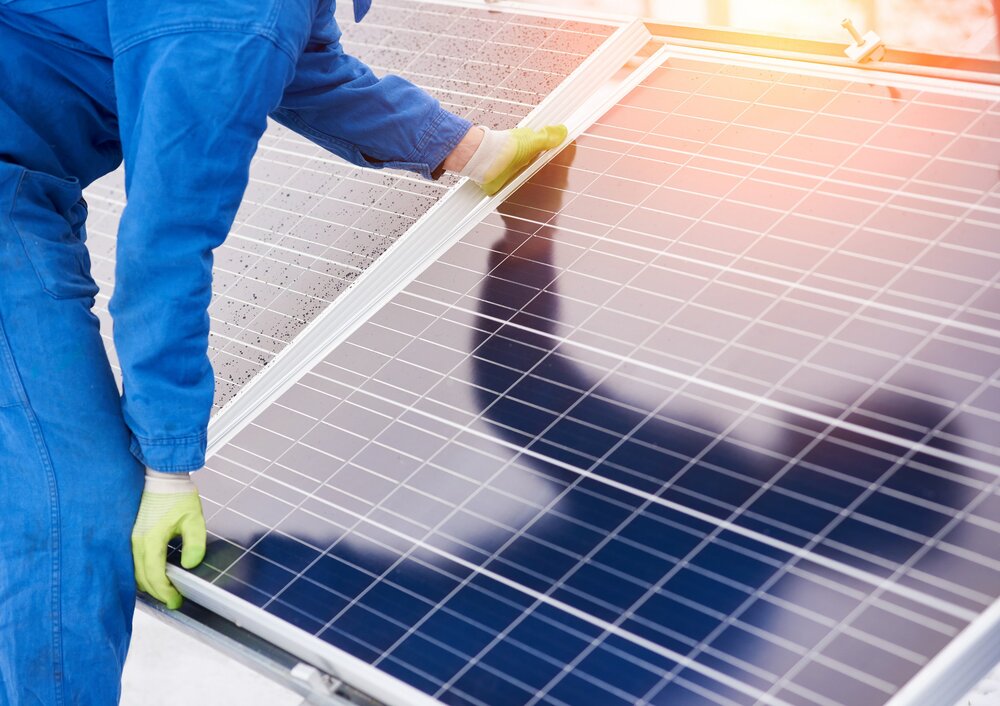Vice presidency supports production of solar panels, inverters

TEHRAN – The vice presidency for science and technology supports the production of solar power panels and inverters financially, Mehr reported on Thursday.
Solar panels are devices that convert light into electricity. They are called solar panels because most of the time, the most powerful source of light available is the Sun, called Sol by astronomers. Some scientists call them photovoltaics which means, basically, light-electricity.
A solar inverter or PV inverter, is a type of electrical converter which converts the variable direct current (DC) output of a photovoltaic (PV) solar panel into a utility frequency alternating current (AC) that can be fed into a commercial electrical grid or used by a local, off-grid electrical network.
The vice presidency plans to promote solar power in 21 provinces in the near future.
Solar power is one of the most unique renewable energies in the world, which can provide another kinds of energies, which is applicable in different parts of world.
“Iran has a great capacity for generating solar energy and is amongst the 3 or 4 countries that have appropriate conditions for solar power production,” an official with vice presidency Alireza Javanmardi said.
He named Kerman, Yazd, Sistan-Baluchestan and Hormozgan as provinces which enjoy the best situation for solar power production.
Currently, electricity production and consumption are equal with each other at around 76 thousand megawatts, he said.
Unfortunately, fossil fuel and thermal power stations account for over 99 percent of electricity generation in the country, which ends in air pollution, he lamented.
“We plan to produce one thousand megawatts of solar power in the near future, so we have a long way to go,” he said.
Since the solar panels and inverters are imported to the country, the vice presidency supports projects that leads to their domestic production through Iran National Innovation Fund, he said.
According to World Energy Council, solar energy has a big part to play in reducing future carbon emissions and ensuring a sustainable energy future. It can be used for heating, cooling, lighting, electrical power, transportation and even environmental clean-up. The global average solar radiation, per m2 and per year, can produce the same amount of energy as a barrel of oil, 200 kg of coal, or 140 m3 of natural gas.
Global installed capacity for solar-powered electricity has seen an exponential growth, reaching around 227 GWe at the end of 2015. It produced 1% of all electricity used globally. Germany has led PV capacity installations over last decade and continues as a leader followed by China, Japan, Italy and the United States. Concentrated Solar Power (CSP) remains with very limited capacity at 4 GW today.
SB/MQ/MG
Leave a Comment